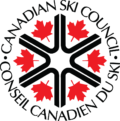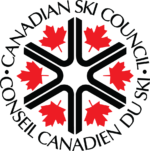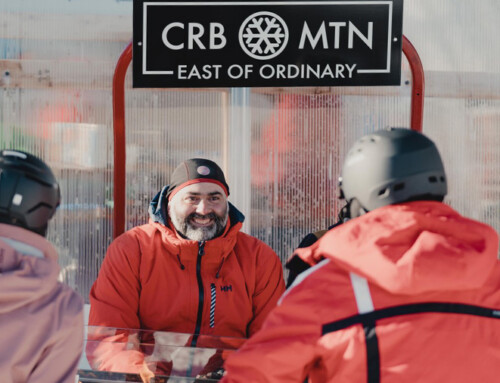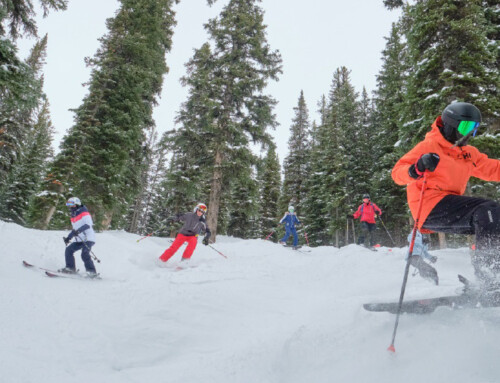With more first-timers hitting the slopes this winter, tons of snow and Covid-19 on the wane (we hope), sunny days appear to be on the horizon for Canada’s ski and snowboarding industry in 2023.
Among the bright spots is the increasing number of women and new Canadians skiing and snowboarding as the season gets into gear.
Five years ago, males accounted for just under 60% of skiers and snowboarders and women approximately 40%. In the 2021-22 season, the split was nearly 50-50. Last year, 16% of those who skied and snowboarded in Canada were visible minorities, a healthy 4% increase over the previous 10 years when new Canadian participants were stuck at 12%.
“Women, young girls and people of colour are a big part of the changing face of our industry,” says Canadian Ski Council President and CEO Paul Pinchbeck, who credits the desire to be outside and healthy, and resources offered by the Canadian Ski Council, primarily its Go Skiing Go Snowboarding initiative and its Never Ever Days program, which gives newbie skiers and boarders easy and inexpensive access to snow sports.
Despite rising air fares, some resorts see positive signs on the travel front, thanks mainly to increased flights to cities near their hills. At Big White in Kelowna, B.C., Senior Vice-President Michael J. Ballingall, expects higher ski and board traffic in B.C. and Alberta because more aircrafts are flying to western Canada. In the past two winters there were no flights from Australia to Vancouver, but this season Air Canada and Qantas are flying into the city from down under, he says.
“In addition, domestic visits out of Ontario and Québec are doing well because of the non-stop flights into Kelowna. We expect Ontario’s spring break to have a very healthy pace and Montréal visitors are up more than 200%, a new market for us with a new non-stop flight.”
Big White is also forecasting increases from locals, ironically, because higher air and baggage fees are keeping people at home. “We are seeing an increase in annual pass sales, and we are relying heavily on people within an eight-hour drive.”
Also positive on the travel side is increasing après-Covid interest at Canadian ski areas from skiers and snowboarders outside of Canada, says Spencer Spellman, North American editor for US-based Mountain News and its digital platform OnTheSnow, which provides worldwide snow sports information. “Since Canada dropped its vaccine requirements, we are seeing excitement among people who want to get travelling again,” he said noting visits to Onthesnow.com by people in the U.S. and around the world seeking information on Canadian snow conditions is up 55% over last season. Onthesnow.com provides up-to-date information from 54 active Canadian ski resorts.
There’s also good news on the weather side. Both the Farmer’s Almanac and OnTheSnow’s meteorologist Chris Tomer are forecasting a cold winter with plenty of snow, particularly in western Canada where many ski resorts were up and running in late November.
So, what will the snow be like for winter 2022/2023? “The most consistent snow and cold temperatures will likely arrive in December as the jet stream finally dips south. However, it’s possible some forecast data is underestimating the strength of La Nina this fall and early winter,” says Tomer. “Overall, the most consistent winter snowfall favors the northern tier of states, including the Pacific Northwest, British Columbia, Alberta (Banff), Idaho, Montana, and Wyoming.”








